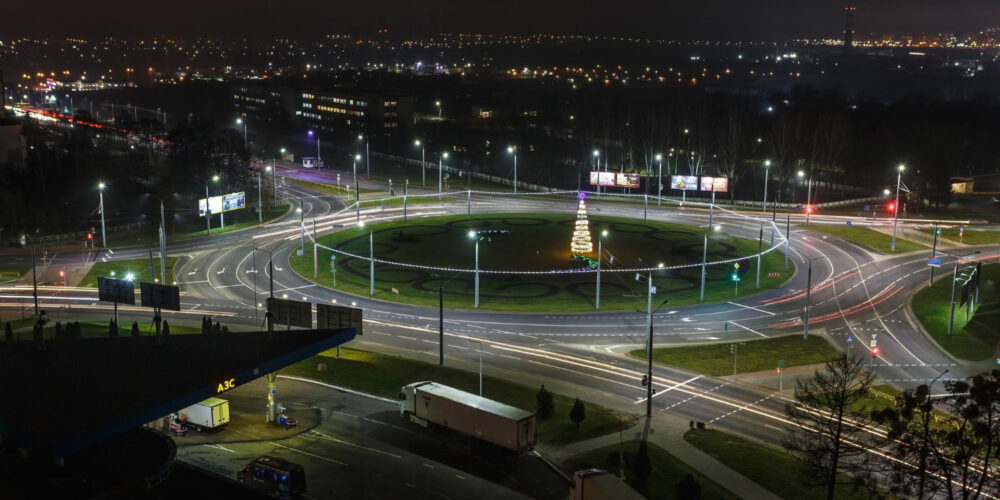How street lighting becomes smart

Cities are growing and becoming ‘smarter’, the world is becoming more city-centric and people are recognizing the growing need to adapt to become eco-efficient, and smart street lighting is playing a major role in this change. As cities evolve, companies must continuously innovate and adapt our technologies to meet current and future smart street lighting requirements.
To become smart from normal lights, street lights need a control system, which normally comprises controllers, sensors and gateways. These components, through a certain wireless network, connect to a central management system from where they can be controlled, monitored and managed remotely. Street lights can be made smart by attaching cameras or other sensors that detect movement. Street lights can communicate with each other thanks to additional technology.
The basic component of an intelligent street lighting system is the intelligent pole, which consists of the following three components:
LED/HID lamps – Intelligent street lighting must ensure specific values of brightness, uniformity and glare depending on the type of road to guarantee maximum visual safety for drivers and pedestrians. For this purpose, high-performance light sources such as high-intensity discharge (HID) lamps and LED lamps are used. These efficient lighting products also have an increased lamp life and reduced energy consumption compared to traditional lights. The true intelligence of these lamp solutions is based on a digital approach where a microcontroller manages all the functions needed to have an efficient and functional lamp, while managing all the data to implement a smart street lighting network.
IoT-based communication – networked street lighting systems can be managed through several proven communication standards. Communication is two-way and the monitored system can send and receive information and commands to and from the lamp. How a facility manager decides, for example, how much to light a lamp depends on a lot of information, such as weather conditions, the angle of the lamp, whether or not there are people nearby, road conditions, the time of day day and others. This information can be collected on a cluster basis and sent to a service center, where the data is monitored and action taken.
Smart Sensors – as mentioned earlier, smart sensors can be used to detect real-time changes in information such as lamp tilt, weather conditions, air pollution, natural light availability, and more. This information can increase road safety and reduce maintenance costs.
Implementing an intelligent street lighting control system has somewhat high initial costs. The savings and other day-one benefits in the system, however, make this business an attractive prospect, with a return on investment of between five and seven years.
The image of a city using such smart technology would also generally improve, attracting more visitors and investment.


